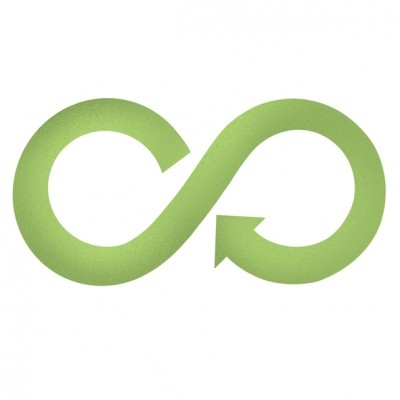ASF: Producer organization stresses safety of European PAPs

European rendering companies export PAPs and animal fats to third countries, that is markets outside the EU and Norway, Iceland, and Liechtenstein. Some of these PAPs – such as porcine meals, mixed meals, blood meals and greaves meals – contain porcine materials.
Some buyers, particularly those based in Asia, have been outlining their concern that, with the recent spread of the ASF virus to Europe, PAP materials and animal fats produced in Europe could present a potential threat to their pig-breeding activities.
Dr Martin Alm, technical director, EFPRA, told this publication:
“Buyers in Asia have told EU renderers that, as they have ASFv already in their markets, if they are importing feed materials from Europe, they want to be sure they don’t have another infectious ASFv source.”
Fortunately, there is no risk of transmission of ASFv from European PAPs and animal fats because of the safety rules imposed regarding production of animal by-products within the EU, said Alm.
"Third countries might not be aware of the high level of animal health in Europe, and the regional nature of ASFv outbreak. Even if ASFv is in Poland, it is only in the eastern part of the country.”
In the EU, before pigs are slaughtered for food production purposes, the animals are inspected by a qualified veterinarian, and only healthy pigs are approved for slaughter. Animal by-products from these healthy pigs, slaughtered for human consumption, are used to generate feed grade animal fats and proteins through safe rendering processes, according to data from EFPRA.
“We want to be proactive on this, we want to tell our story - that the PAPs and animal fat products we sell today are safe - firstly, due to the sourcing, and, secondly, due to the processing methods used,” added Alm.
EFPRA explains: Safe processing of PAPs
All PAP processing in Europe is carried out in accordance with Annex IV of EC Regulation No 142/2011, says EFPRA. In total, there are six approved methods for processing porcine animal by-products. Five of these methods stipulate temperatures in excess of 100°C for over 16 minutes.
“This is more than sufficient to eliminate ASFv.”
The other method, said EFPRA, relies on a validated proof of efficacy over a certain period of time, during which, microbiological standards must be guaranteed. One of those compliance steps is the absence of Clostridium perfringens in 1g of product in a sample of material taken directly after the treatment, said the organization.
"Clostridium perfringens is a good key indicator as it is ubiquitous and thermal resistant. Its killing time/temperature requirement is very rigid. The conditions needed to eliminate ASFV are less intense than those required to eliminate Clostridium perfringens. Therefore, ASFV will be controlled in all processed that eliminate Clostridium perfringens," reported the EU trade group.
Some 18 million metric tons of animal by-products are produced every year in Europe. EFPRA says its members work closely with regulators, livestock producers, meat processors and retailers across the EU to make the best use of those materials.
EFSA on risk of spread of ASFv in Europe
Meanwhile, a new risk assessment carried out by the European Food Safety Authority (EFSA) has determined there is serious potential for the ASFv to spread across south-eastern Europe.
The assessment was requested by the European Commission to support efforts to control and prevent the spread of the disease in the region.
EFSA evaluated the possibility of spread among nine disease-free countries – Albania, Bosnia-Herzegovina, Croatia, Greece, Kosovo, Montenegro, North Macedonia, Serbia and Slovenia. It concluded that the chances of the disease spreading among these countries within one year of introduction are very high (66-100%). However, the chances of the disease spreading west into other EU Member States within the same time frame are rated as very low (0-15%).
Control measures – which have been in place in the EU since 2014 – should continue to focus on the importance of early detection and preparedness, EFSA said.
Ten EU member states have so far reported outbreaks of the disease, namely Belgium, Bulgaria, Estonia, Hungary, Latvia, Lithuania, Italy, Poland, Romania and, most recently, Slovakia.












